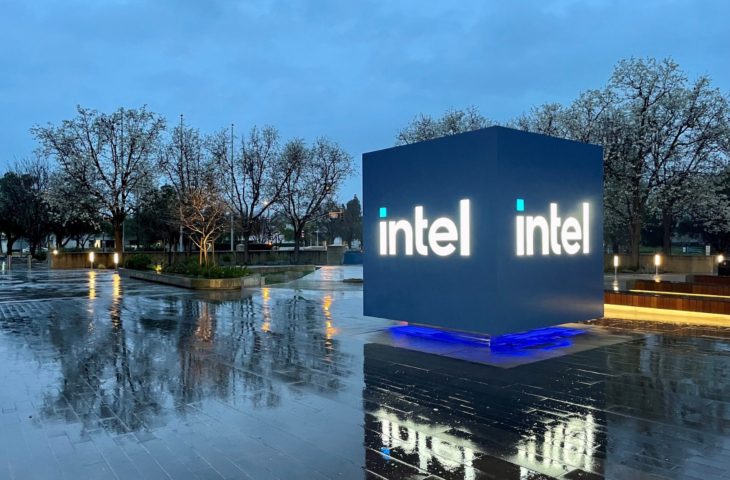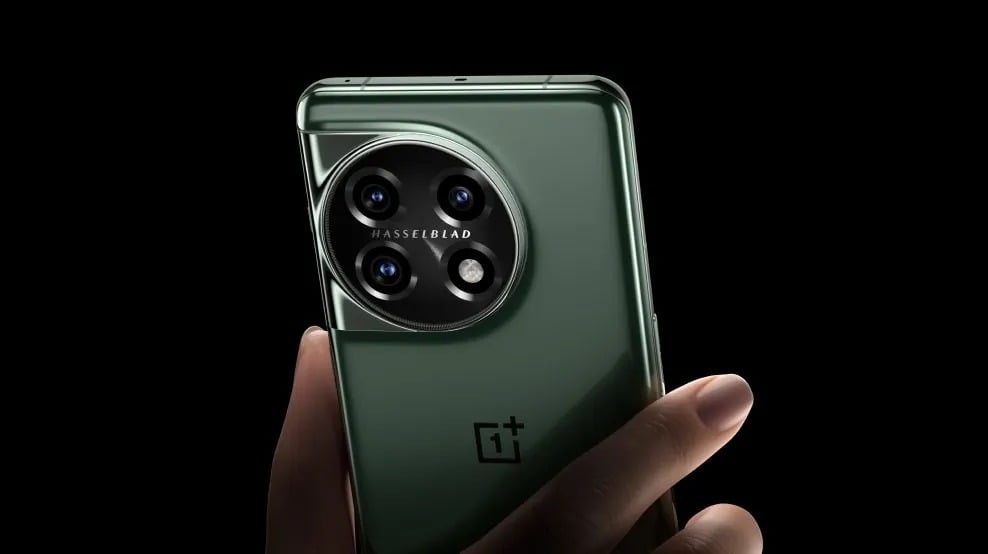Although Intel’s revenue fell compared to last year, it still exceeded analysts’ forecasts. Investors are satisfied.
Intel earned $14.16 billion in its most recent quarter. That is eight percent less than in the same period last year. However, analysts had predicted a larger decline to $13.53 billion. Intel is doing better than expected and investors appreciate it: The chip manufacturer’s share price rose eight percent.
The profit is also significantly lower than last year, although the numbers are definitely black. Intel reports a profit of 297 million euros, but was able to collect 1.02 billion last year. For the last quarter of this year, Intel is targeting sales of 14.4 to 15.6 billion euros.
CEO Pat Gelsinger notes that the processor market is beginning to stabilize after a turbulent period in which overstock was the norm. Thanks to the built-in AI capabilities, he also sees an important role for Intel’s Xeon processors. In practice, Xeon chips remain less powerful than AMD Epyc processors.
Success of the foundry
The Intel Foundry business also gained new customers. By 2025, Intel expects its factories to be the most advanced in the world again. Today they are those of the competitor TSMC. The rapid innovation, coupled with the new customers, show that Gelsinger’s strategy is working. Shareholders seem to have more and more trust in the man. Nevertheless, the foundry industry is currently not that important for Intel. Third-party chip manufacturing accounted for $311 million in revenue. That’s three hundred percent more than a year before.
The Client Computing group, which is responsible for CPUs for PCs, accounted for $7.9 billion (down three percent year-on-year). Sales in the data center division fell by ten percent to $3.8 billion. Gelsinger admits that the increased competition there definitely has an impact.














